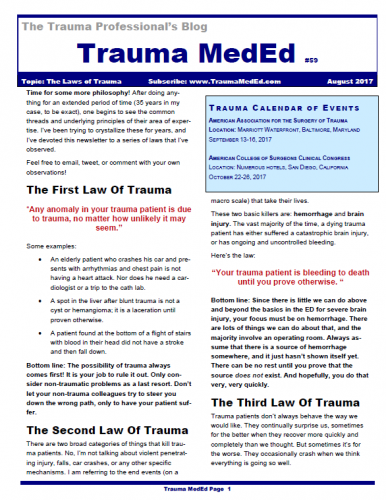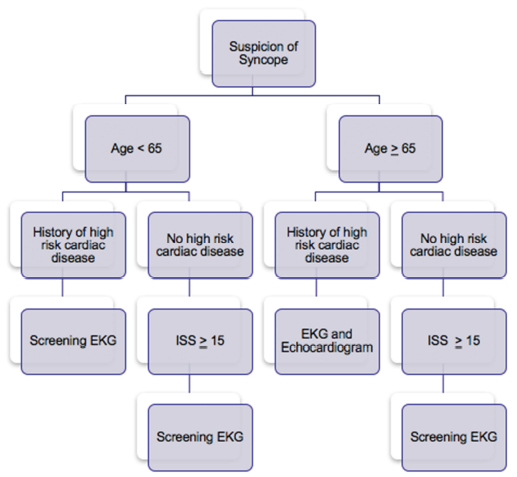IVC filter insertion has been one of our tools for preventing pulmonary embolism for decades. Or so we thought. Its popularity has swung back and forth over the years, and has been in the waning stage now quite some time. This pendulum like motion offers an opportunity to study effectiveness when coupled with some of the large datasets that are now available to us.
IVC filters have been used in two ways: prophylactically in patients at high risk for pulmonary embolism (PE) who cannot be anticoagulated for some reason, and therapeutically once a patient has already suffered one. Over the years, guidelines have changed, and have frequently been in conflict. Currently, the American College of Chest Physicians does not recommend IVC filters in trauma patients, while the Eastern Association for the Surgery of Trauma promote their use in certain subsets.

A Pennsylvania group performed a large, retrospective review of three databases, the Pennsylvania Trauma Outcome Study (462K patients), the National Trauma Data Bank (5.8M patients), and the National Inpatient Sample. All were patients with an emergent trauma-related admission.
Here are the most interesting factoids:
- About 2% of all patients underwent IVC filter insertion, and 94% were inserted prophylactically
- About 90% of patients with a prophylactic filter had at least one predictor for PE, which means that the remaining 10% had none (!)
- Conversely, about 86% of patients who developed a PE had at least one risk factor, meaning that 14% had no recognized risk factors (!!)
- The use of IVC filters peaked in 2006-2008 at 2-4%, then falling steadily over the following 5-7 years to less than 1%
- PE rates peaked in 2008, then declined by 30% in the PTOS sample and stayed steady in the NTDB
Bottom line: The use of IVC filters peaked in 2008 and has been in decline since then. But interestingly, the rates of PE and fatal PE have been steady to declining, depending on the data set. Obviously, there are always some shortcomings for studies like this. Remember, IVC filters are intended to prevent fatal PE. It is possible that some fatal PEs were not identified in these databases. Furthermore, it was not possible to obtain any information on the use of chemical prophylaxis in these patients.
Overall, there has been no increase in PE and fatal PE rates over the time period that IVC filter usage has been decreasing. This suggests that these devices have not had their intended effect. Trauma professionals need to very seriously consider the specific indications in any patient they are considering for insertion. They may not have the protective effect you think.
Related posts:
Reference: Vena Cava Filter Use in Trauma and Rates of Pulmonary Embolism, 2003-2015. JAMA Surg 152(8):724-732, 2017.




